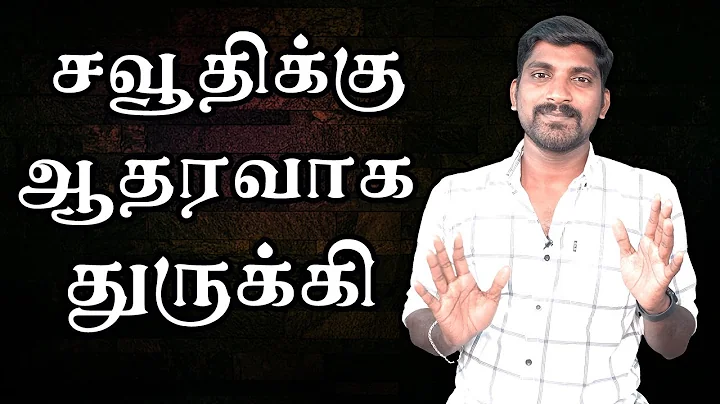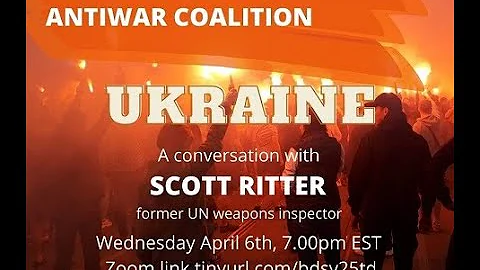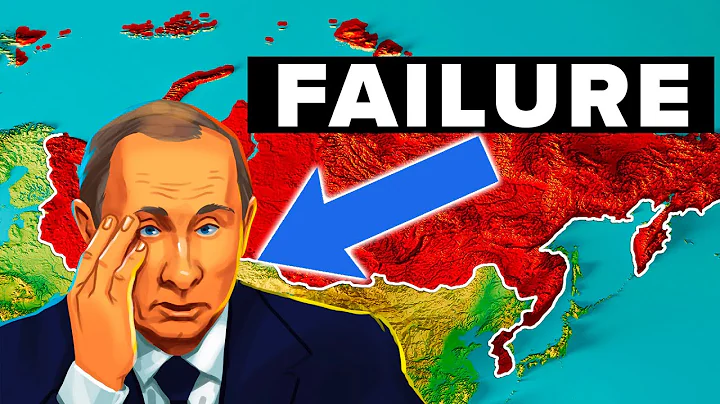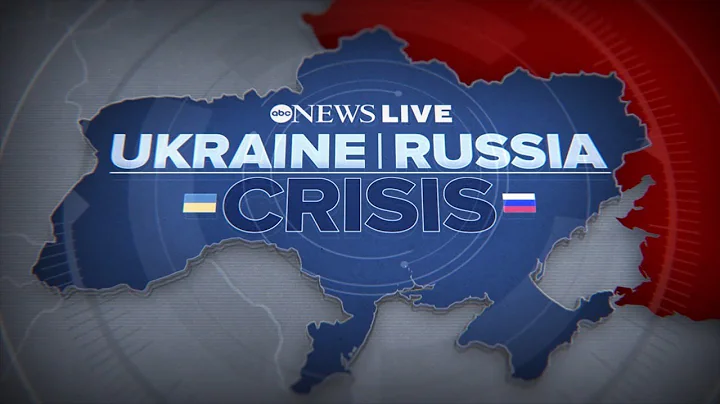Author: Yu Zhirong (distinguished researcher at the East China Sea Strategic Research Institute of Ningbo University)
Source: Chinese think tank public account
In late February this year, a conflict broke out between Russia and Ukraine. Russia has implemented special military operations against Ukraine , aiming to demilitarize and de-Nazify it, and requires Ukraine not to join " NATO " and remain neutral. In response, Japan, as a neighboring country, was greatly impacted. While strongly condemning Russia's "invasion" of Ukraine, it followed the United States and the West in imposing comprehensive sanctions on Russia. Japanese Prime Minister Kishida Fumio claimed that tomorrow's East Asia is likely to become the next Ukraine, and will take various measures to speed up the pace of "arms expansion and war preparations."

1. Possessing the ability to attack enemy bases
After the Russia-Ukraine conflict broke out, Japanese Prime Minister Fumio Kishida immediately thought that a "Taiwan Strait conflict" would break out in the near future. Japan is separated from Taiwan by a water. A war in the Taiwan Strait will inevitably affect Japan. Japan will be at the forefront of conflicts in the Taiwan Strait, so it must be prepared for war. During his visit to Japan last month, US President Biden was asked, "If China attacks Taiwan with force, will the United States intervene?" Biden replied, "The United States will take military action to prevent China from reunifying Taiwan with force." When the U.S. military intervenes in the Taiwan Strait operation, the People's Liberation Army of the People's Republic of China will first use the missile to destroy the U.S. military base in Okinawa, making it impossible for its bombers to take off and land. In Japan's eyes, the Sino-US war is actually taking place on its territory. According to the current " Peace Constitution ", Japan can only be beaten and has no qualifications to attack other countries. In order to change the current status quo, measures must be taken to speed up the pace of "arms expansion and preparation for war."
Prime Minister Kishida promised to revise three important documents related to national security, including the "National Security Strategy", " Defense Plan Outline" and "Medium-term Defense Force Maintenance Plan" within one year. He also called on Congress to seriously consider whether to amend the constitution to give the government more discretion in how to deploy the Self-Defense Forces. Fumio Kishida was considered a dove by the outside world when he served as Foreign Minister in Abe's cabinet. However, in fact, he increasingly accepted Abe's hawkish stance on national defense and security issues, and even surpassed them. And nothing less. On April 27, the Liberal Democratic Party submitted to the government countermeasures and suggestions for revising three documents including the "National Security Strategy" and long-term foreign and security policy guidelines.
First, change the name of "enemy base attack capability" that prevents missile launches within the opponent's territory to "counterattack capability" and possess it. The second is to consider that defense expenses, which currently account for about 1% of GDP (GDP), have increased to more than 2%, and it is written to strive for the necessary budget level to completely strengthen defense capabilities within five years.
If calculated based on the 2020 fiscal year of 5.31 trillion yen, Japan’s defense expenses will reach more than 10 trillion yen in the future. The co-ruling Komeito Party is cautious about having counterattack capabilities and significantly increasing defense expenses. It demands that it continue to adhere to "exclusive defense" and opposes doubling defense expenses. However, Prime Minister Kishida's attitude is very clear, "We will discuss it based on a real understanding of the Liberal Democratic Party's ideas." To have counterattack capabilities, it is necessary to accurately grasp the enemy's missile launch base, disable its radar and have weapons such as precision-guided missiles. equipment. The government is considering extending the range of the Ground Self-Defense Force's Type 12 land-based anti-ship missile as a research and development project for "standoff missiles" that can attack enemies beyond the range of the enemy. The revised plan also suggested that the headquarters and other aspects should be taken into consideration, and the attack targets of the counterattack capability should be clearly written in including attacking the enemy's "command and control function".
2. Expand the military alliance and strengthen its power
After the conflict between Russia and Ukraine broke out, Japan followed the United States and the West in imposing comprehensive sanctions on Russia, halting or partially halting economic and trade exchanges with Russia, and freezing Putin and his two daughters Russia Bank and personal assets, military aid to Ukraine, support the US-Afghanistan proposal to kick Russia out of the "Five Permanent Members" and replace it with it.Even if Russia was admitted to 48 unfriendly countries and 63 people, including Prime Minister Kishida, were permanently banned from entering the country, they would not hesitate to do so. Japan has taken practical actions to strengthen the Japan-U.S. alliance. In the first half of this year, Prime Minister Kishida went non-stop and visited South and Southeast Asian countries such as India, Indonesia, Vietnam, Thailand, and Cambodia. He used his own money to help the United States through coaxing and coaxing. Convince them to choose a side and support Western countries led by the United States to counter Russia.
htmlIn November and May, Prime Minister Kishida signed bilateral "Reciprocal Access Agreements" with Australian Prime Minister Morrison and British Prime Minister Johnson . The agreement stipulates that when the Self-Defense Forces and Australian and British troops stay in each other's countries, legal status. Japan signed the agreement with Australia and the United Kingdom respectively to facilitate mutual visits between the two countries' troops and strengthen bilateral security cooperation. After the war, Japan signed a military-related agreement for the purpose of joint training and other purposes for the first time with the exception of the United States. The main content of the "Reciprocal Access Agreement" is that when troops temporarily stay in the other country for joint training or disaster relief, they can be exempted from entry inspection and customs duties on accompanying items, and simplify the procedures for carrying weapons and ammunition. In a sense, Japan has broken through Article 9 of the "Peace Constitution" and taken a big step for the Self-Defense Forces to send troops around the world. At the same time, it has expanded its military allies. What is particularly eye-catching is the formation of the United States, Britain and Australia. The new strategic alliance "AUKUS" is fully included.
Japan is also in a heated fight with the NATO-US-EU military alliance. The current NATO summit will be held in Madrid from June 29th to 30th. Prime Minister Fumio Kishida went directly to Madrid to attend the NATO summit after finishing the G7 summit trip. Kishida is the first Japanese Prime Minister in history to attend a NATO summit. His move has aroused much suspicion in the international community. Before Prime Minister Kishida attended the NATO summit, Foreign Minister Lin Bangzheng went to Brussels to attend the NATO Foreign Ministers' Meeting in April this year. Then in early June, Rob Power, chairman of the NATO Military Committee, visited Japan and held talks with Japanese Defense Minister Nobuo Kishi and Chief of Staff Koji Yamazaki.
It is not difficult to see from the exchanges and interactions between NATO and Japan that although Japan has not joined NATO, it has become an important stronghold and ally of NATO in Asia. NATO's purpose of developing Asian allies is also very clear, aiming to contain China. Kishida said at a press conference that he would make clear Japan's position at the NATO summit that security guarantees in Europe and the Indo-Pacific region are inseparable. Any unilateral use of force to change the status quo is unacceptable anywhere in the world. At the same time, Kishida also said that he would call on NATO to shift its attention from Europe to Asia at the summit. Although he did not mention it by name, the international community is very clear that the sword is pointed at China.

3. Adjust the command structure of the Self-Defense Forces
Earlier this month, Japanese media reported that the Japanese Ministry of Defense has decided to formally establish the position of "Integrated Commander" and its "Integrated Command" to unified command of the Land, Maritime and Air Self-Defense Forces. This move is aimed at further improving the military order system of the Self-Defense Forces and improving future combat efficiency.
1. A new position is created to control the troops.
An "integrated commander" is established to be responsible for the command of the Army, Navy and Air Self-Defense Forces, in order to further improve the Self-Defense Forces' ability to respond to emergencies. The current leadership and command structure of the Self-Defense Forces is the Integrated Staff Supervision Department (equivalent to the Joint Staff ), and the highest military officer is the Integrated Chief of Staff (equivalent to the Joint Chief of Staff). The main responsibility of the Chief of Integrated Staff is to serve as the senior military adviser to the Defense Minister and provide advice to the Defense Minister on matters related to the construction of the Self-Defense Forces. The Self-Defense Forces have generally formed a four-level normalized leadership and command structure of "Minister of Defense - Chief of Integrated Staff - Commander of the Land Forces (Commander of the Combined Fleet and Commander of the Air Force) - Mission Force".
Under the existing system, whether it is the construction and training of the Self-Defense Forces, or the mobilization of troops in emergencies, the Defense Minister must coordinate with the Chief of Staff to implement it.In other words, the integrated chief of staff plays the role of "giving orders" to the Self-Defense Forces, and also assumes military functions such as assisting the Minister of Defense and the use of Self-Defense Forces troops. This system only applies to normal situations where everything is stable. Once an emergency occurs, the chief of staff needs to spend a long time reporting the situation to the defense minister and the prime minister. At the same time, he has to coordinate and communicate with the Army, Navy and Air Self-Defense Forces and the US military stationed in Japan, leaving no time to concentrate. For the command and application of defense forces.
2. Build a joint combat command system
The newly established "integrated commander" position is mainly focused on improving the ability to respond to emergencies in new security fields such as space, networks, and electromagnetics.
First, promote the formation of a unified joint operations command system
In recent years, Japan has proposed the so-called "multi-domain joint operations" concept, emphasizing the organic combination of forces in multiple combat domains. To this end, there is an urgent need for a supporting joint operations command system. In the past, the Army, Navy, and Air Self-Defense Forces operated independently, and when joint tasks were required, they needed to be coordinated by the chief of staff. Especially before the establishment of the Land Corps in March 2018, the integrated chief of staff still needed to communicate with the five ground forces of the Ground Self-Defense Force. The process was cumbersome and was not conducive to joint operational command and control. After the new position is established, the "integrated commander" can command the land, sea and air joint task groups on a regular basis or according to task groups as needed to further enhance rapid response and joint operations capabilities.
The second is to focus on establishing a more efficient military order system
In the past, orders for the operation of the Self-Defense Forces were issued by the Defense Minister and conveyed to the Commander of the Land Force, the Commander of the Combined Fleet and the Commander of the Air Force through the Chief of Integrated Staff. In the future, Japan's Prime Minister and Defense Minister will be able to issue orders directly to their respective Guard Commanders through the "Integrated Commander." Although the division of powers and responsibilities and command boundaries between the "integrated commander" and the integrated chief of staff are currently unclear, it will eventually be promoted to realize the separation of construction and operational functions of the Self-Defense Forces, that is, the integrated chief of staff will be responsible for capacity building and the "integrated commander" will be responsible Troop use.
The third is to learn from the American system to accelerate Japan-US military integration
The Japanese Self-Defense Forces accelerates the integration into the US military combat system, emphasizing the integrated use of Japan and the US, and also learns from the US military in the command system. When the U.S. military uses its troops, the President and Secretary of Defense issue orders to the supreme commanders of the Army, Navy, Air Force, and Marine Corps. The Chairman of the Joint Chiefs of Staff serves as the top military adviser to the Secretary of Defense and has no operational command authority. The establishment of Japan's "integrated commander" obviously refers to the US military command model. The United States is promoting "joint all-domain command and control," which is a new joint operations concept currently being developed by the U.S. military. Its core is to connect sensors and combat units of all U.S. military services into a network.
At present, the command and control systems of the US military, such as the Air Force, Navy and Space Operations Center, and the E-3 airborne early warning and control system, have not been optimized for future conflicts and are difficult to meet the needs of future wars. Therefore, the U.S. military needs a brand-new command and control system that can connect all its sensors and combat units in real time, within each service, between different services, between the U.S. military and allied forces, on land, sea, air, space, network, etc. Seamless communications can be achieved in the combat domain and military operations can be carried out in a coordinated manner.
The conflict between Russia and Ukraine had a great impact on Japan, prompting Prime Minister Kishida to resolve to speed up the pace of "arms expansion and preparation for war." He looked for "breakthroughs" from three aspects. First, he revised the "National Security Strategy" to provide the Self-Defense Forces with offensive capabilities to break legal restrictions; second, he radically reformed the operating system of the Self-Defense Forces to improve wartime operational efficiency; third, he further strengthened the While Japan and the United States are in alliance, they have also established close relations with Australia, the United Kingdom, and NATO to expand military alliances to meet the needs of future wars.





















